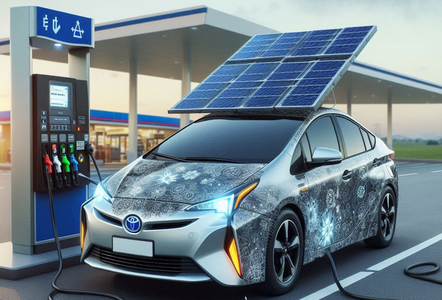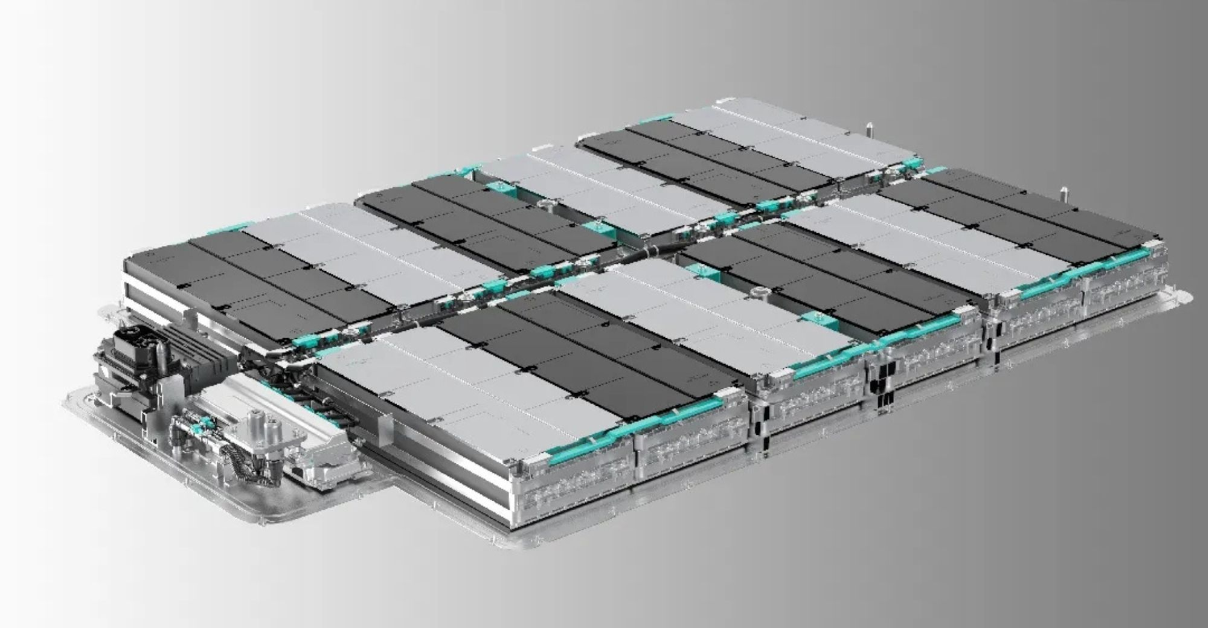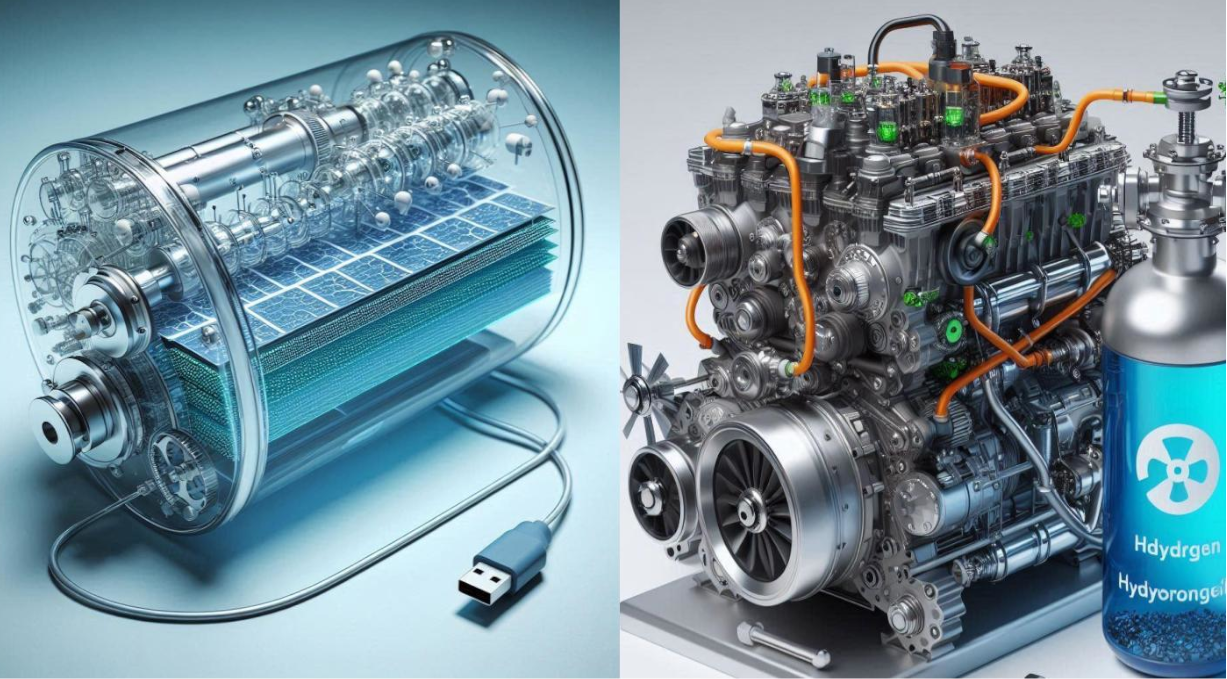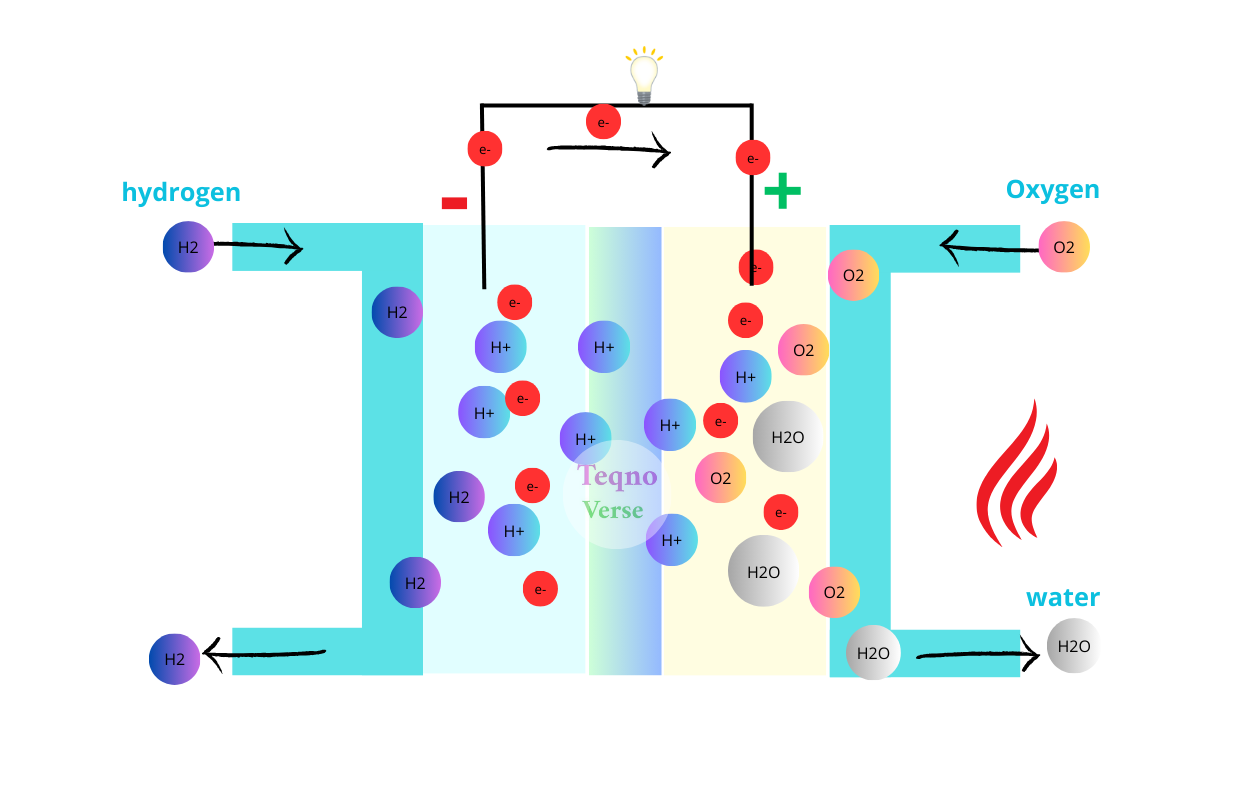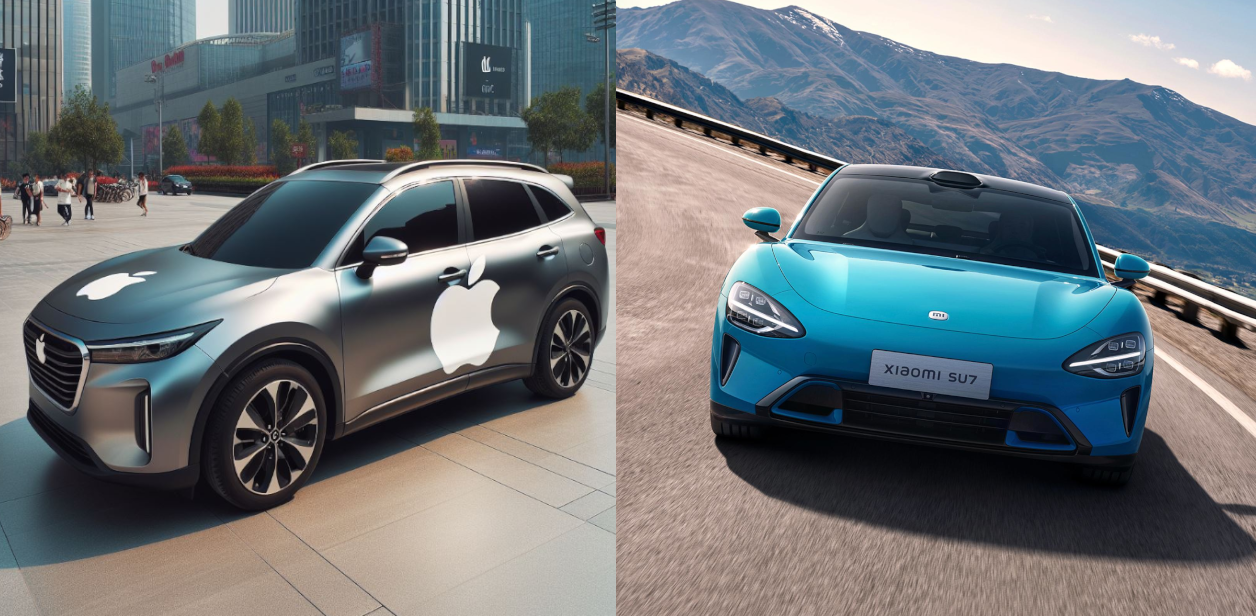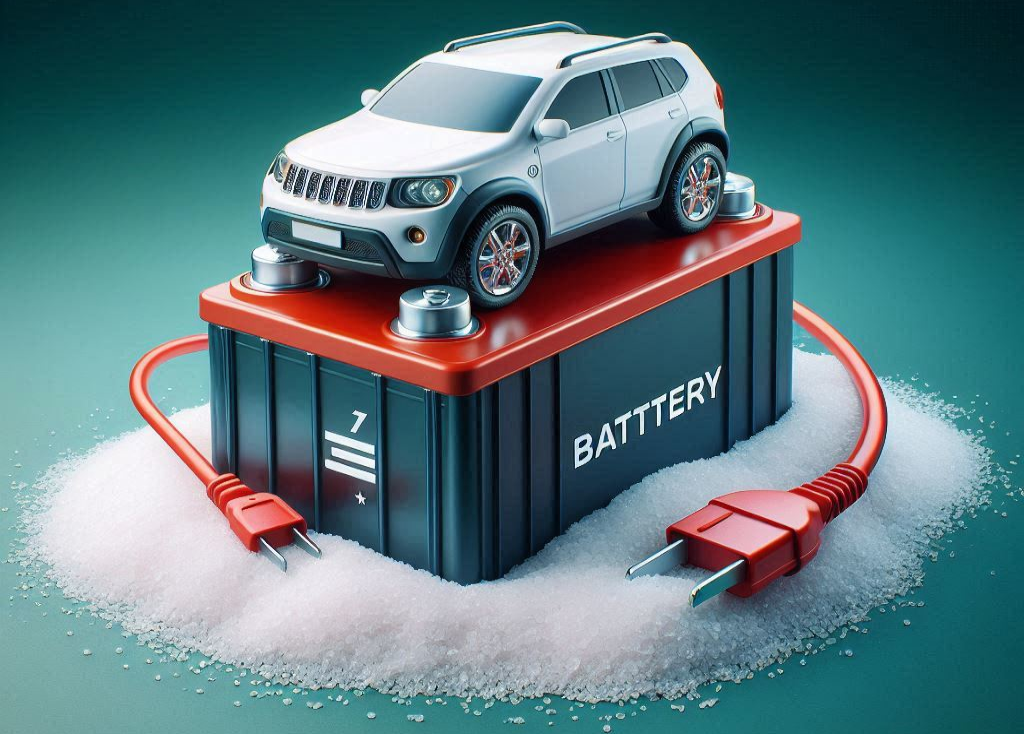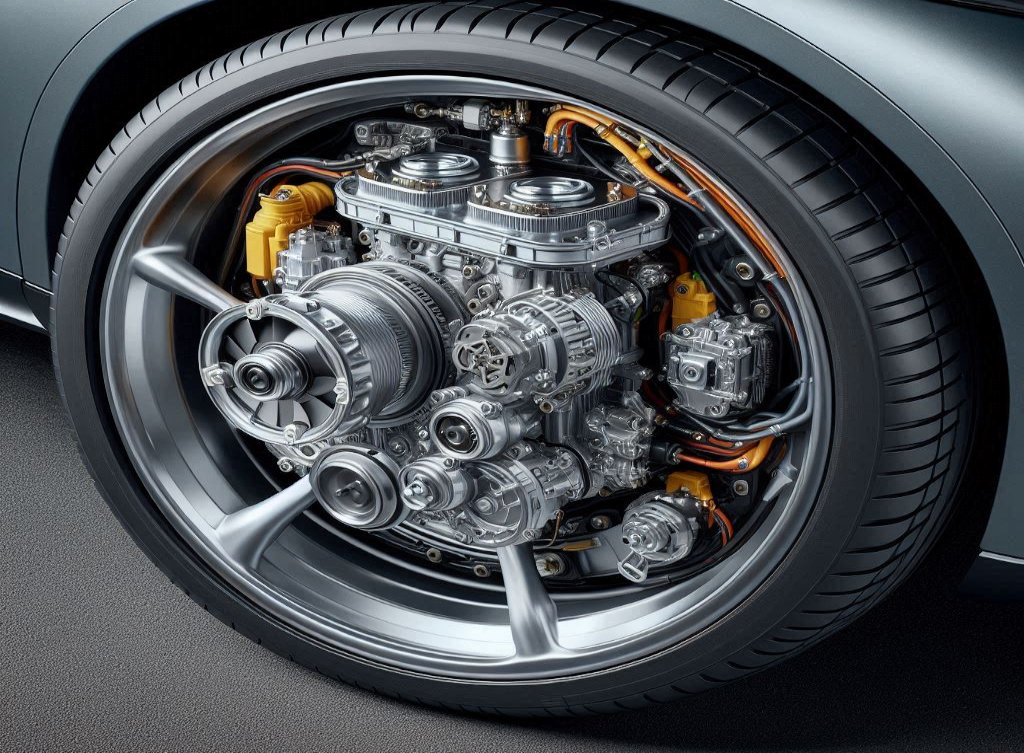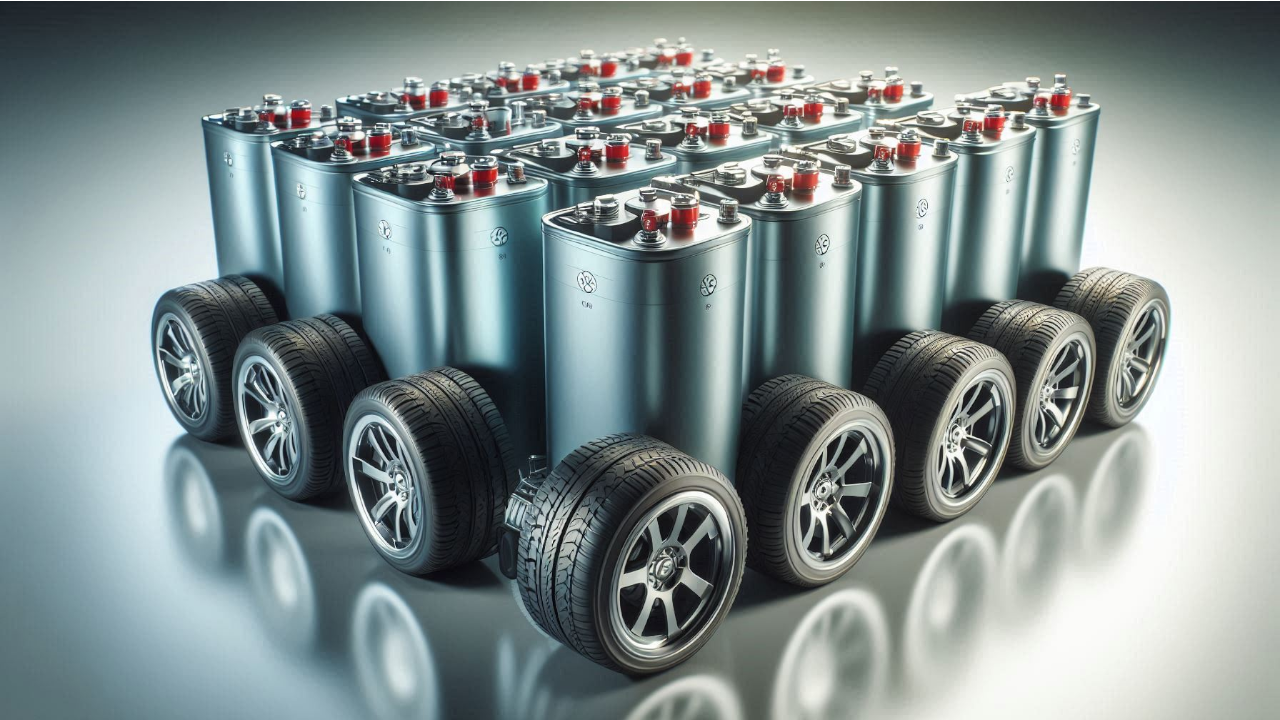Unlike traditional gasoline or diesel vehicles powered solely by internal combustion engines (ICEs) for propulsion, and fully electric vehicles reliant on electric batteries and motors, Hybrid electric vehicles (HEVs) combine two power sources and engine types. They utilize an internal combustion engine and an electric motor, fueled by a gasoline/diesel tank and an electric battery, respectively. This unique combination enables HEVs to reap the benefits of both worlds, achieving reduced emissions and improved fuel economy without compromising on range or convenience.
Types of Hybrid Electric Vehicles
The realm of hybrid electric vehicles encompasses three primary categories:
1- Hybrid Electric Vehicles (HEVs)
Pioneering the path for today’s widely adopted electric vehicles (EVs), hybrid electric vehicles (HEVs) were the early adopters. Introduced in 1997 and 1999 by Toyota and Honda, respectively, these cars bridge the gap between traditional gasoline-powered vehicles and electric cars. Unlike fully electric vehicles (BEV), HEVs cannot be plugged in for charging. Instead, they utilize a combination of an internal combustion engine (gasoline or diesel) and an electric motor. The battery within an HEV recharges itself through regenerative braking, capturing energy during deceleration, or from the excess power generated by the IC engine.
While the electric motor in a hybrid can only propel the car for a limited range, its primary function is to assist the IC engine. This boosts fuel efficiency by using electric motor at low speeds which are less efficient for IC engines and it provides extra power during acceleration, reducing the strain on the IC engine.
This combined approach lowers harmful emissions and improves overall fuel economy compared to traditional vehicles. Popular HEVs include the Toyota Prius, Ford Fusion Hybrid, and Honda Accord Hybrid (among others).
Unlike plug-in hybrids, HEVs don’t require external charging. However, the initial cost might be higher due to the added electric motor and battery. The potential fuel savings over the lifespan of the car can help offset this difference.
2- Photovoltaic Hybrid Electric Vehicles (PVHEVs)
These vehicles, also known as solar-powered hybrids, incorporate solar panels into their design. These panels convert sunlight into electricity, which supplements the battery’s charge. While the Toyota Prius Prime offers an optional solar roof as an example, this technology remains uncommon due to their cost and their reliance on sunlight which is heavily influenced by weather conditions, geographical location, and daylight hours.
3- Plug-in Hybrid Electric Vehicles (PHEVs)
PHEVs offer the best of both worlds: electric power for everyday commutes and gasoline/Diesel power for extended journeys. Unlike HEVs, PHEVs feature a larger battery pack that can be recharged by plugging into an external power source. This allows them to travel significant distances, typically 20–35 miles, on electric power alone before seamlessly switching to the gasoline engine when the battery depletes.
Think of a PHEV as an electric car with a backup plan. While its battery may not offer the extensive range of a pure electric vehicle, it’s sufficient for most daily errands and commutes. Plus, the presence of an IC engine eliminates range anxiety for longer trips.
The higher cost of PHEVs, often around $10,000 more than HEVs due to the larger battery and more efficient engine, is a factor limiting their widespread adoption. Examples of popular PHEVs include the Toyota Prius Prime and the BMW 330e.
The growing availability of EV charging stations could pave the way for a bright future for plug-in hybrid electric vehicles (PHEVs) which offer the ideal blend of environmental responsibility, fuel efficiency, and customer convenience for everyday driving. While they may not achieve the zero-emission status of fully electric vehicles, PHEVs provide an attractive middle ground for eco-conscious drivers who are hesitant to fully commit to EVs.
